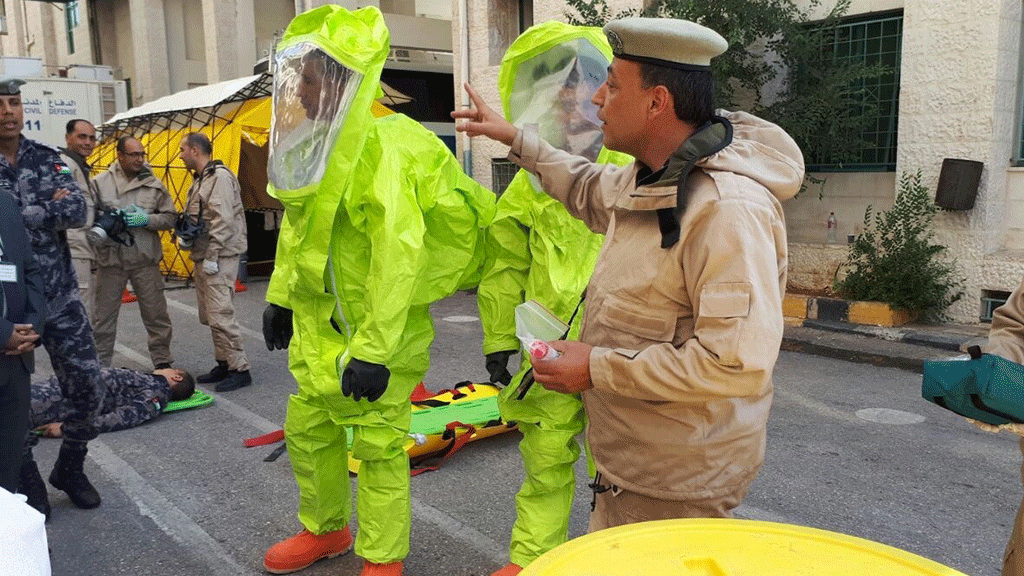What the United States Has REALLY Missed Out On With Cuba
There is no doubt that formalized relations between the United States and Cuba will bring tremendous economic benefits to the island country, but what does the world’s largest economy have to gain? The answer lies in science.
The United States and Cuba have had a strained relationship for over fifty years. Conflicted beginnings included trade restrictions of the Eisenhower era between the two nations, the Bay of Pigs invasion, and finally, the imposition of a full economic embargo by the Kennedy Administration in 1962. Over 50 years and $1.126 trillion later, it was not until the beginning of the Obama Administration that broad travel restrictions against Cuba began to be lifted. The United States and Cuba finally reopened embassies in 2015. There is no doubt that formalized relations between the United States and Cuba will bring tremendous economic benefits to the island country, but what does the world’s largest economy have to gain? The answer lies in science.
Unexpected ProgressCuba, despite many international economic restrictions, has made tremendous strides in science and innovation since the 1960s. Now, Cuba is recognized as a regional leader in advanced medicine. In fact, not only are Cuban doctors sought after throughout Central and South America, they are also recognized globally as experts. Consider this: While Cuba isn’t the first country you conjure up when you think of biotechnology, it has been responsible for remarkable innovations in the field. It boasts at least two medals from the World Intellectual Property Organization and was even named by Nature for having the most developed biotechnology industry among developing world.
After the Cuban Revolution, Cuba made the healthcare system a priority, as there were no medical research centers in Cuba before 1959. Cuba now boasts over 200 research and development institutions. Cuban institutions have developed some of the most innovative medical therapies and vaccines, but patients in the United States do not have access to them due to standing restrictions on business relations with Cuba. For example Cimavax, a vaccine intended to target the most common type of lung cancer (non-small-cell lung carcinoma), was developed at Cuba’s Center of Molecular Immunology – the first of its kind. The drug has recently undergone successful, US clinical trials, and it is hopeful that it will be available to lung cancer patients in the US soon.
Science Is InternationalAt its heart, science is international, and the ability for scientists to move freely and collaborate with other experts in their fields is propitious for innovation. By limiting interactions between US and Cuban scientists, US scientists were robbed of an opportunity to learn from the experiences of their Cuban counterparts and share their own knowledge. Imagine what kind of advancements could have taken place if US biotech researchers could have openly collaborated with their Cuban colleagues, or if US cancer doctors could have worked alongside the Cuba’s vaccine developers.
The United States and Cuba are poised to begin a new era of cooperation, and scientific collaboration should be a key component of this cooperation, especially as the two countries hold several public health threats in common – most notably the Zika virus. As Zika continues to spread across the Caribbean, Central, South, and North America, it is imperative that scientists from each of these regions work together to solve this global health crisis. As Albert Sabin, a man who fought tirelessly, though unsuccessfully for US-Cuba science collaboration in the 1960s, once said, “No effort is too small when it comes to the health of people here and abroad… The most important lesson to me is the respect, confidence, and mutual trust that develop during cooperative efforts in a struggle against a common enemy.” No longer are the United States and Cuba enemies, but potential allies armed with science for the betterment of both countries.



